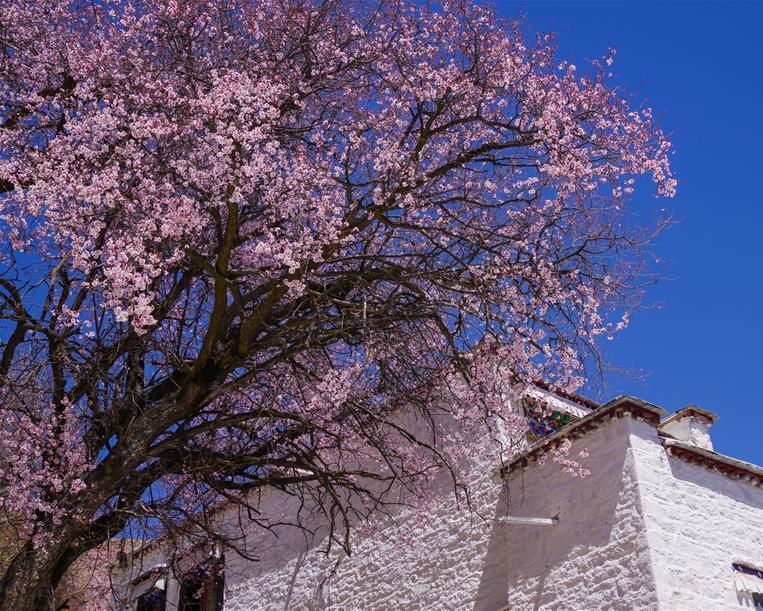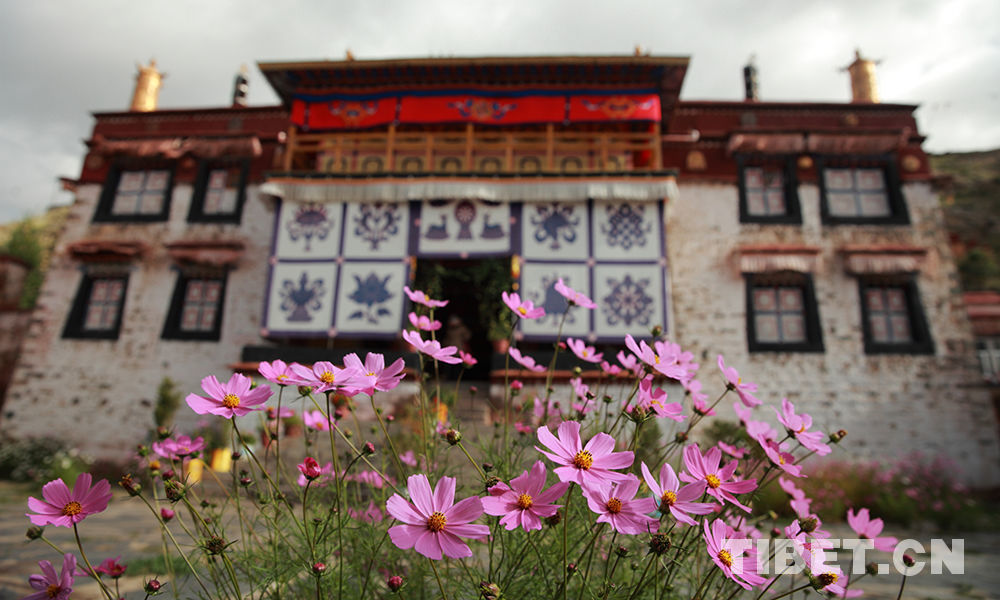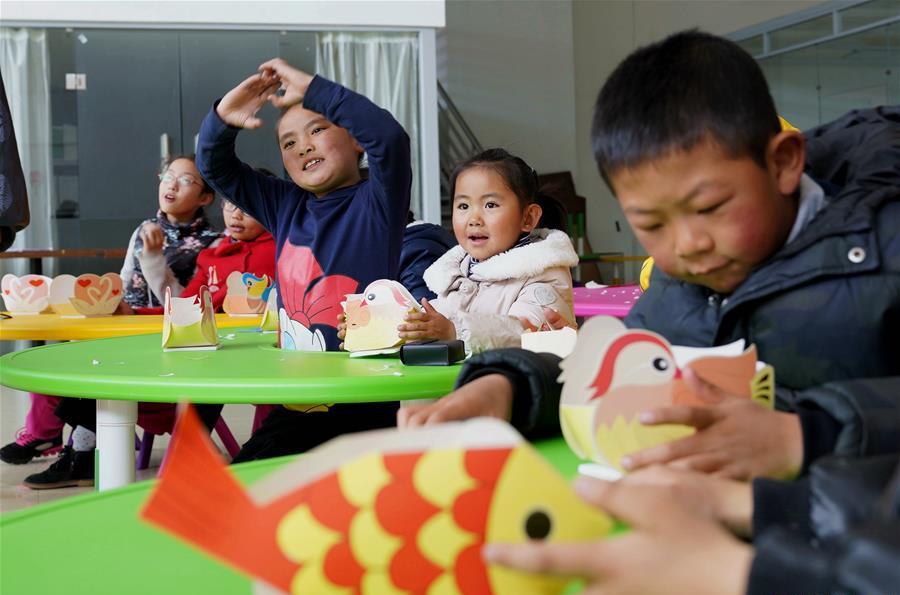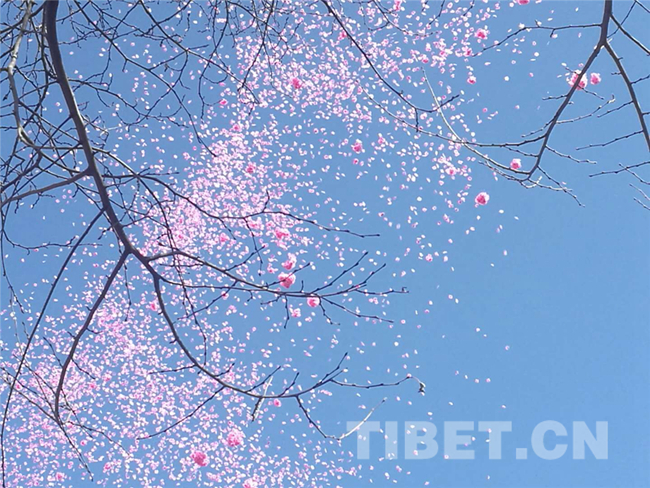Symbols in Tibetan Buddhism (III)

Wheel of Life or Wheel of Existence: Six parts consisting of the upper, middle, lower, left, right, and the script. It is an auspicious symbol that can vanquish demons and eliminate unclean things.

Seven Royal Treasures: This is usually a work of art painted on the walls of monasteries. The precious Dharma wheel indicates the Dharma, the precious white elephant indicates the spread of the Dharma, the violet horse indicates good luck, the precious jewel indicates wisdom, the precious queen indicates happiness, the precious minister indicates the treasure of the Dharma, and the precious military commander protects and preserves the Dharma.

Five Sensual Objects: Composed of a bronze mirror, a lute, perfume, fruit, and a silk cloth, representing making offerings of sight, sound, smell, taste, and touch to the Buddha.

Seven Treasures: Refers to all the things used by a king, such as the precious sword, snakeskin mattress, hunting grounds, clothes, boots, palace, and bedding.

The Precious Flame: Composed of fire and precious objects. It is a symbol of avoiding disasters and of good luck.

Eight Pagodas: Refers to an enlightenment stupa (symbolizes the Buddha’s illumination), a Bodhi stupa, a Dharmachakra stupa, a Vijaya victorious stupa, a miraculous transformation stupa, a descent stupa, a harmonious stupa, and a nirvana stupa.

Mani Stones: Refers to stones with sutra verses engraved on them. Can be found on the top of a mountain, on a mountain pass, on the side of the road, at a village entrance, on the side of a sacred tree, and around monasteries.

Five- petal Buddha crown: it is made of five pagoda shapes of wood, paper, or foil. Each piece has a painted Buddha image or five written words to represent the Buddha. It is primarily used in religious ceremonies.
Your Comment
Name E-mailRelated News
-
-

-
Qinghai Tibetan medicine research institute established
Qinghai Nationalities University recently established the Qinghai Province Tibetan Medicine Research Institute
-
-
-
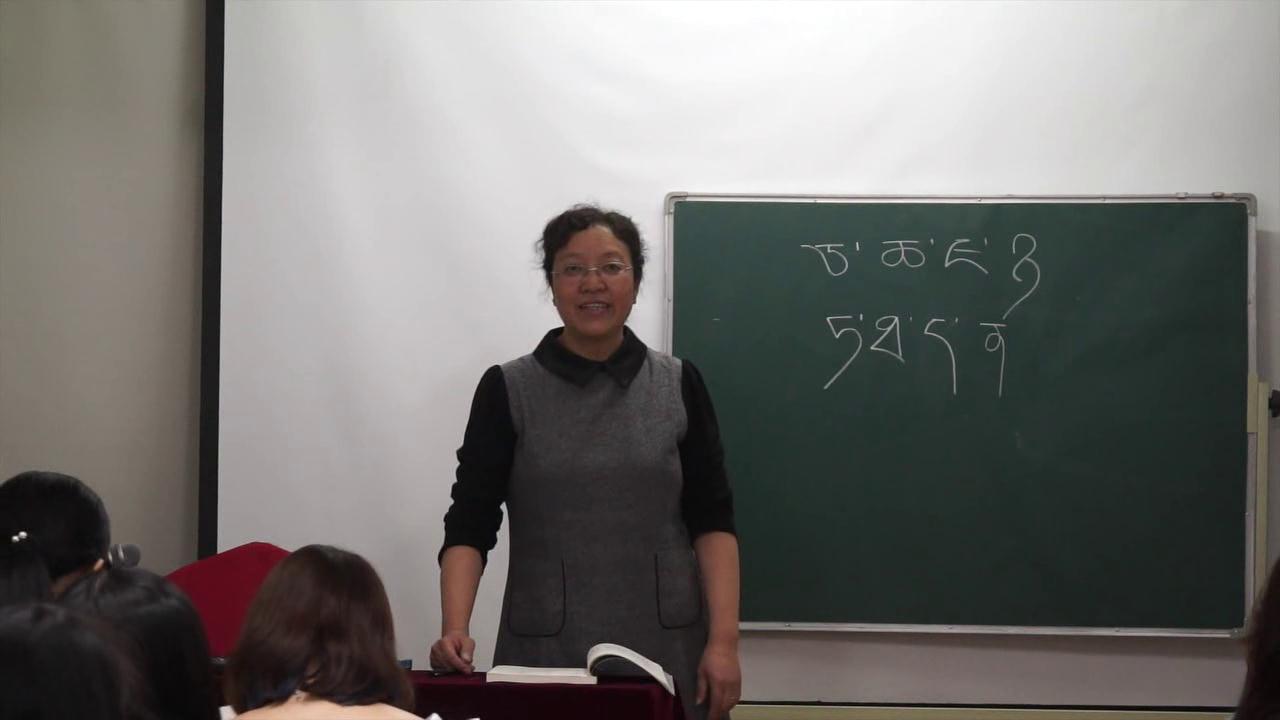
-
Journalists eager to learn Tibetan
“Tibetan has 30 letters in its alphabet, all of which are consonants, and four vowel symbols... Try using saying “I” in the Shaanxi dialect for this word...”
-
-
-
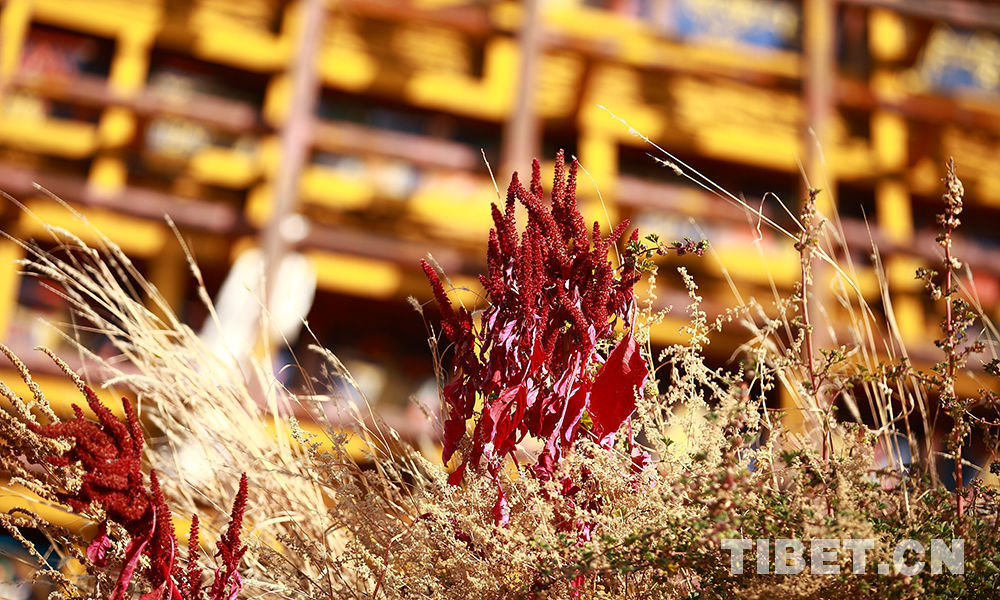
-
Modern science, technology help rejuvenate ancient Tibetan medicine
Tibetan medicine, which is thousands of years old, has been gradually emerging from traditional workshops in recent years, moving towards more scientific, large-scale, and standardized means of production.
-
-
-
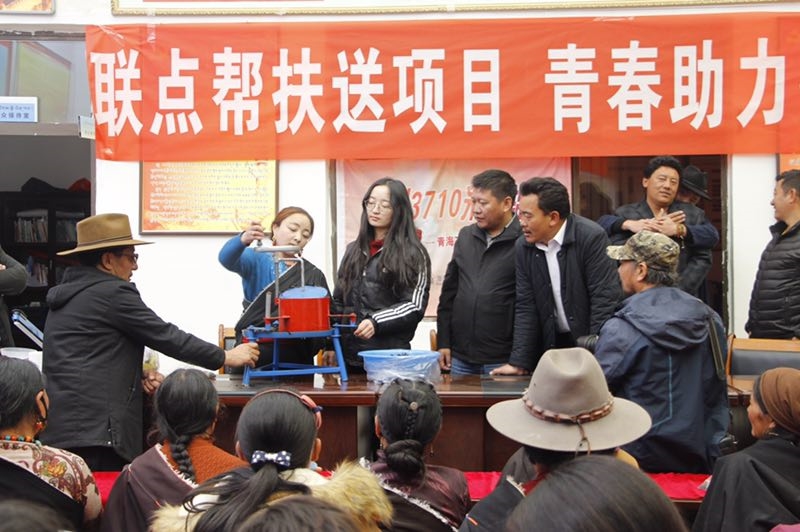
-
Tibetan tea helps women overcome poverty
About 160 Tibetan women from Xia Laxiu Township of Yushu City in northwest China's Qinghai Province learned a new skill: making handmade Tibetan tea.
-
-
-
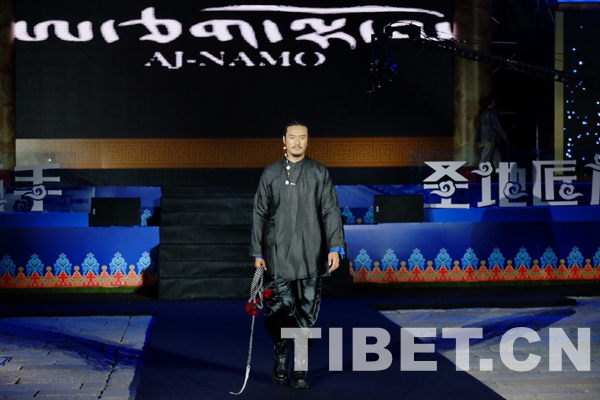
-
Tibetan fashion show held in east China
The "Cultural Creation of Tibet: Tibet and Lhasa Creative Products Tour Exhibition" was held from May 4 to 7 in east China's Jiangsu Province.
-



